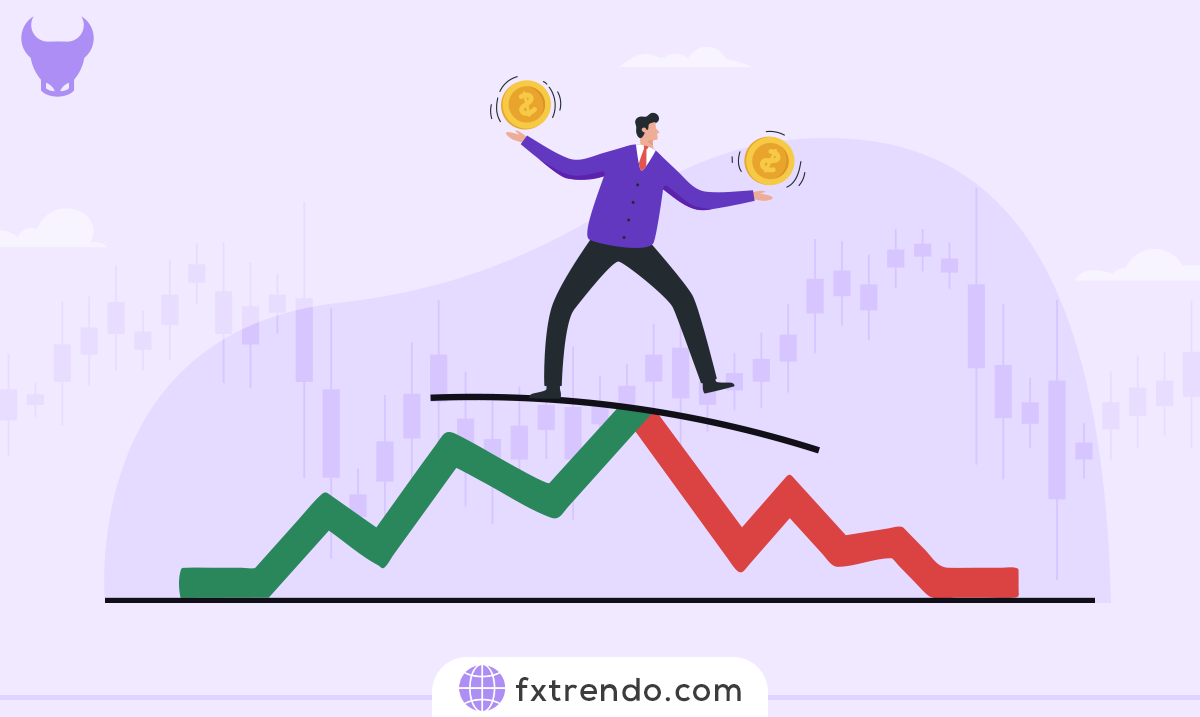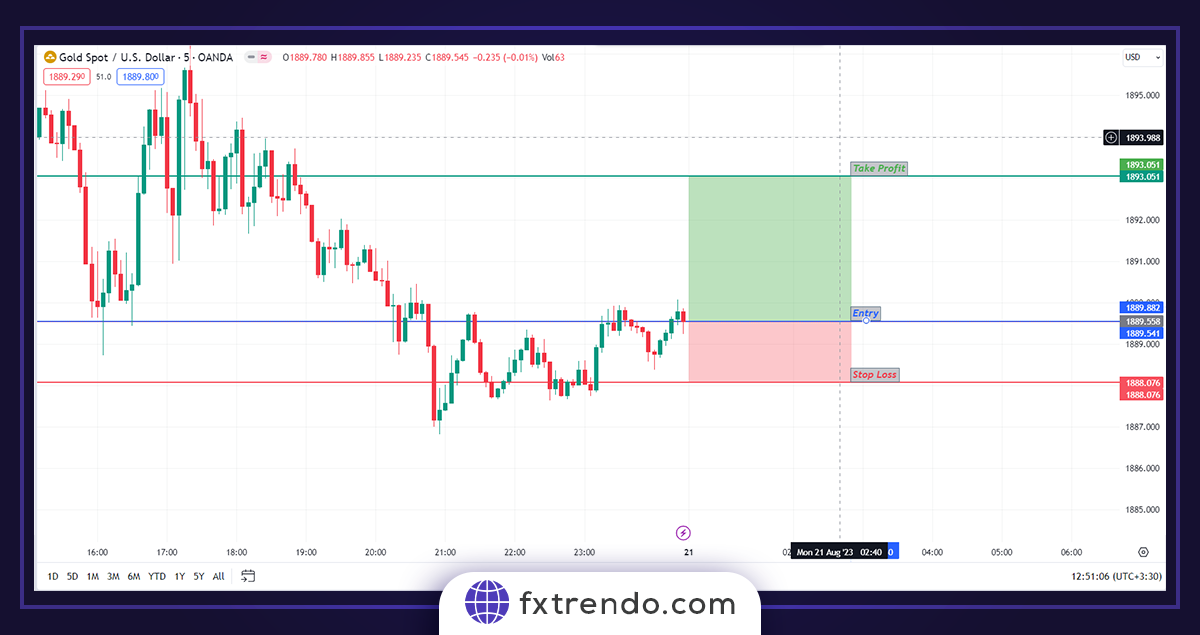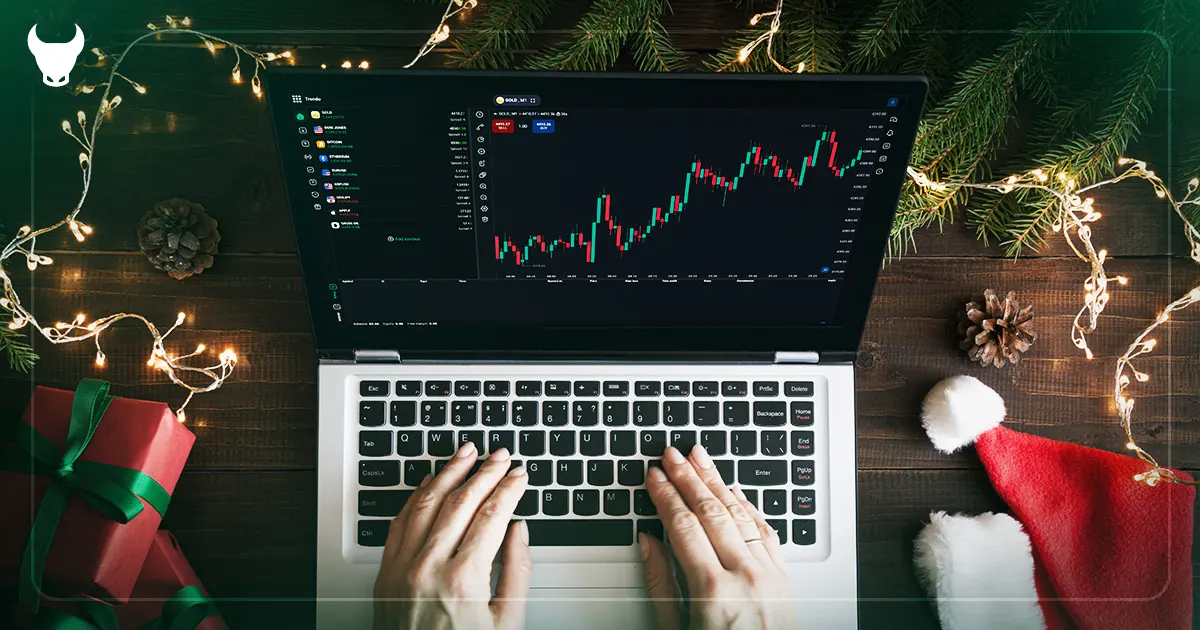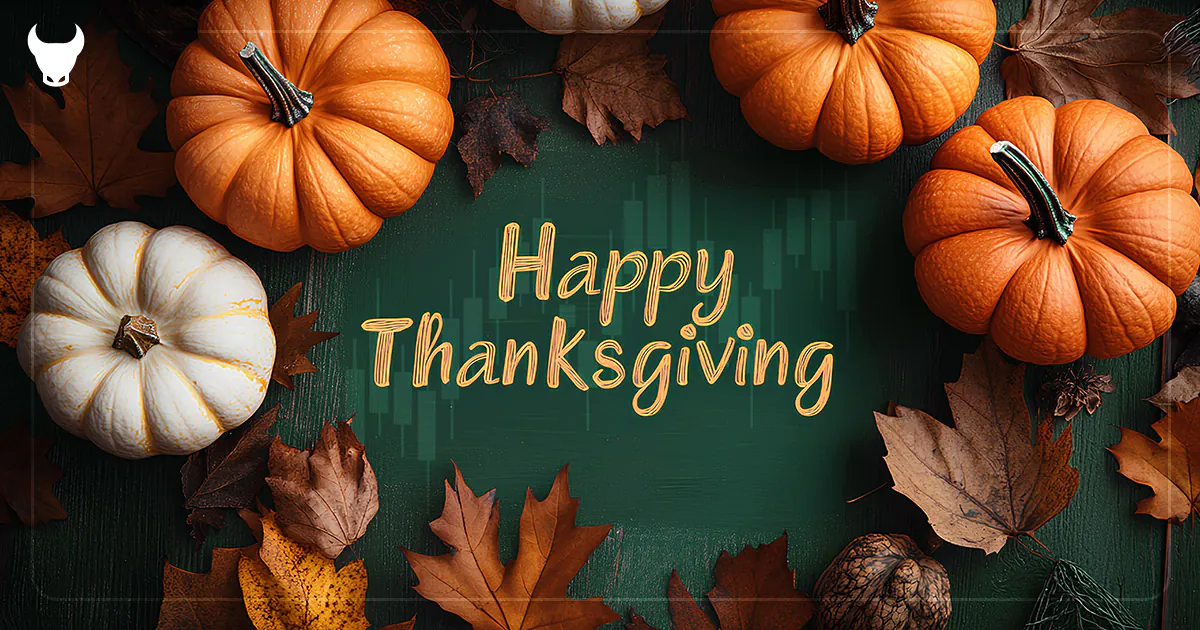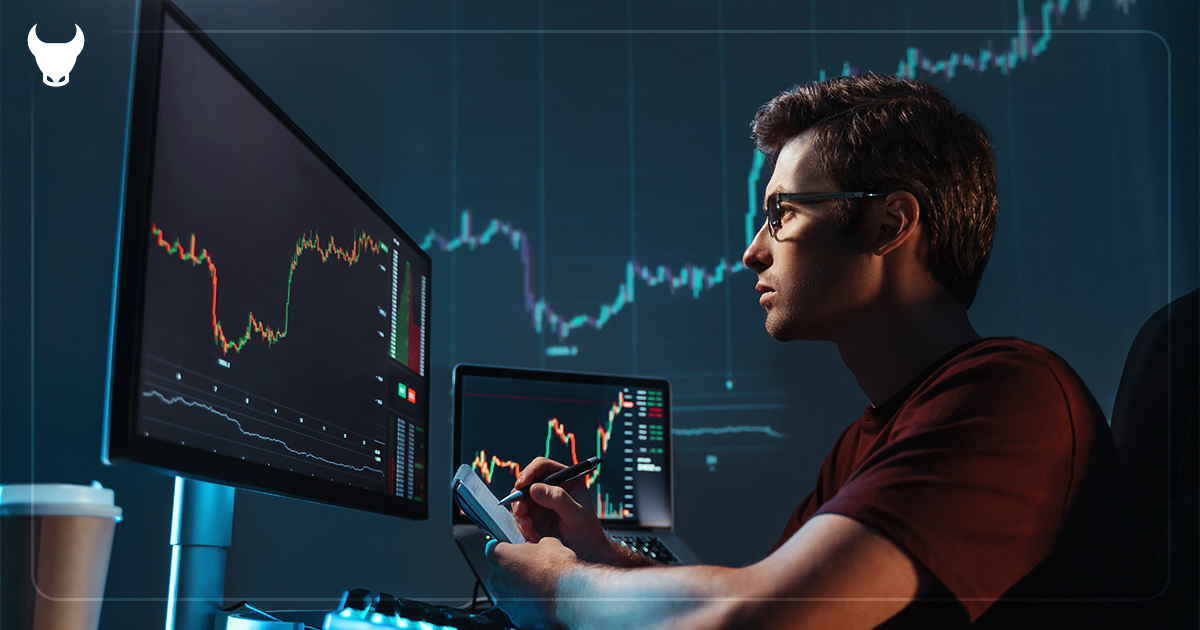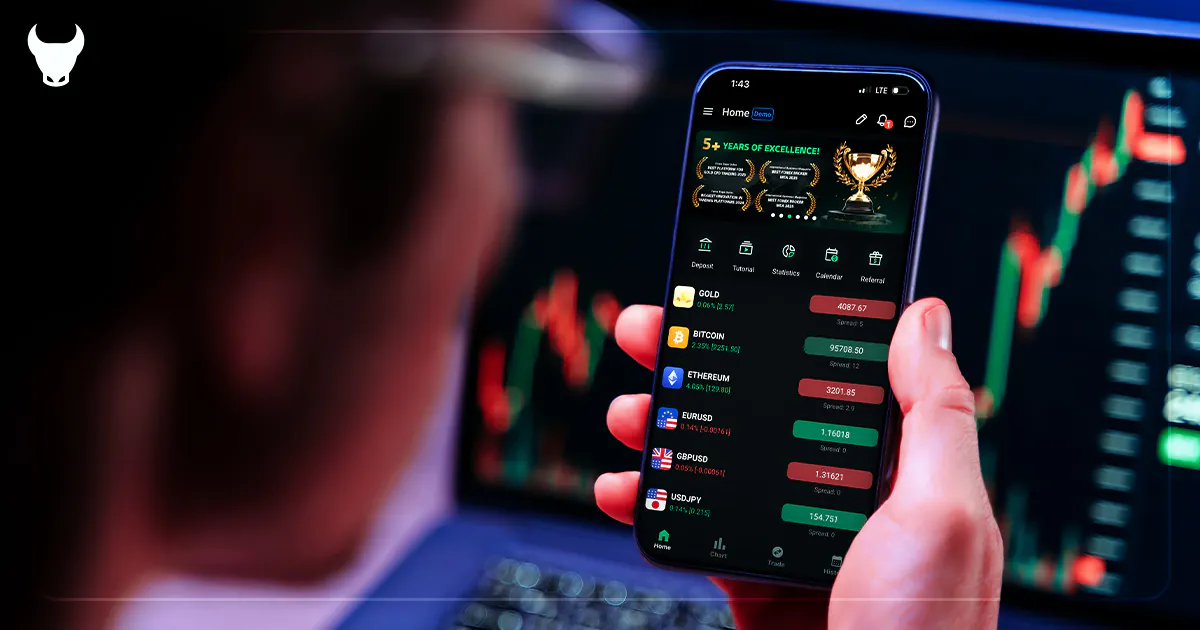Le marché de forex est un moyen attrayant de gagner de l’argent pour des millions de traders dans le monde, grâce à sa vaste liquidité et son cycle de négociation de 24 heures. Cependant, cela peut être un investissement risqué s’il n’est pas abordé avec ordre et planification. Take Profit (TP) et Stop Loss (SL) sont deux outils importants disponibles pour chaque trader pour réaliser un profit régulier. Le but de cet article est de fournir un guide pédagogique pratique sur la manière d’utiliser efficacement ces outils pour optimiser la stratégie de trading et obtenir un profit maximum sur le marché.
Qu’est-ce que le Take Profit et le Stop Loss ?
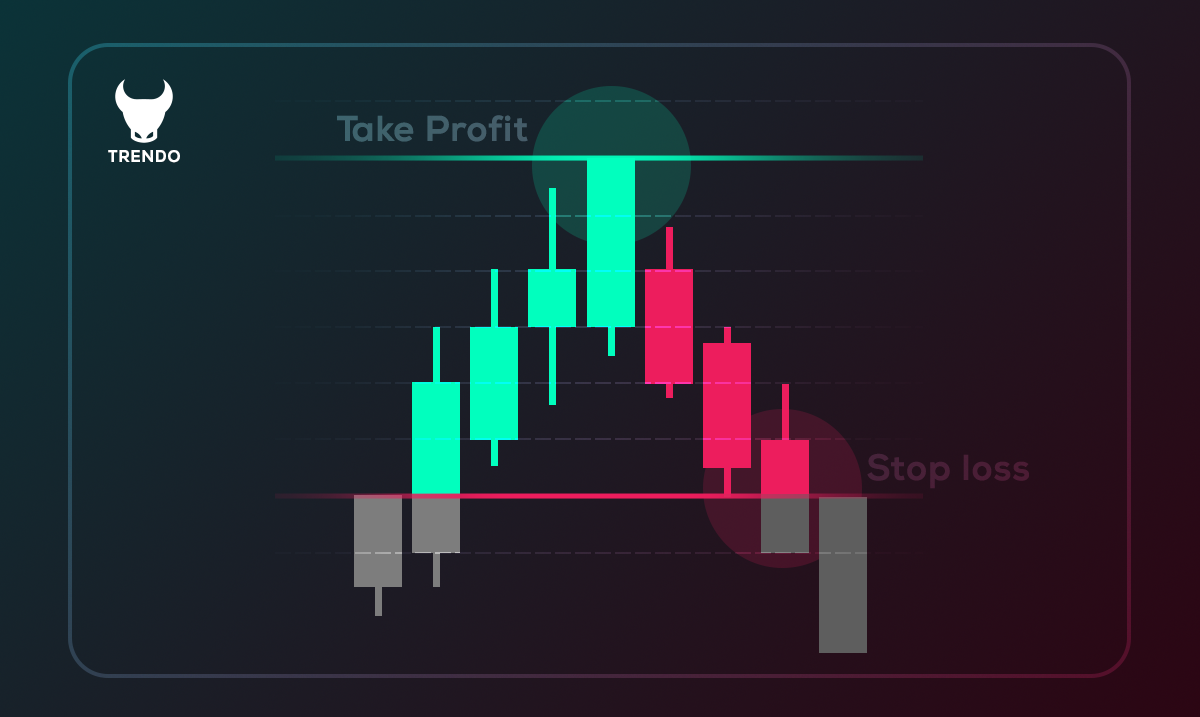
Take Profit (TP) et Stop Loss (SL) sont des ordres prédéfinis utilisés pour arrêter automatiquement la transaction lorsqu’elle atteint un certain niveau de profit ou de perte. Ces ordres visent à déterminer le montant du profit et à limiter la perte.
Take Profit (TP) : Un type d’ordre limité placé dans la direction dans laquelle nous prévoyons que le marché évoluera, et lorsque le prix atteint cette zone, la transaction est automatiquement clôturée et garantit un profit spécifique. Le Take Profit est utilisé parce que nous ne devons pas nous attendre à ce que le marché évolue indéfiniment dans la direction souhaitée, et il y a toujours une tendance et une étape de mouvement avec un certain retracement et une rotation du marché.
Stop Loss (SL) : Un type d’ordre passé dans le sens inverse du trading, et lorsque le prix atteint un certain niveau de perte, la transaction est automatiquement clôturée. Les traders utilisent le Stop loss pour limiter le montant des pertes possibles dans une transaction.
Comparaison de la méthode de trading avec Take Profit et Stop Loss par rapport au retrait manuel de la transaction :
Take Profit et Stop loss peuvent être définis automatiquement. La sortie manuelle signifie qu’après avoir ouvert une transaction sur le graphique, vous attendez qu’elle atteigne certains niveaux et la fermez manuellement. L’utilisation du Take Profit et du Stop loss signifie qu’après l’ouverture de la transaction, vous spécifiez les zones Take Profit et Stop loss sur le graphique, et le courtier clôture automatiquement les transactions avec profit ou perte lorsque le prix atteint ces zones.
Pourquoi est-il important d’utiliser le Take Profit et le Stop Loss ?
- Une surveillance constante des graphiques n’est pas nécessaire
- Contrôler les émotions pendant le trading n’est pas nécessaire
- Publication de nouvelles et de données économiques
- Gestion des risques et du capital
Une surveillance constante du graphique n’est pas nécessaire: en tant que swing trader, vous ne pouvez pas rester longtemps sur le graphique et toujours observer le marché. C’est pourquoi vous n’avez pas besoin de surveiller le graphique tout le temps et vous pouvez vérifier la transaction à chaque fois par heure en utilisant un take profit et un stop loss logiques et calculés.
Contrôler les émotions pendant le trading n’est pas nécessaire : de nombreux traders clôturent rapidement la transaction avec un petit profit après qu’elle se soit légèrement orientée vers le profit, ou ils commencent à se battre contre le marché et à entrer une plus grande quantité de capital pour compenser la perte, et ces deux habitudes conduisent à la perte du trader à long terme (Bien sûr, notez le fait que si l’augmentation du volume n’est pas due aux émotions et avant d’entrer dans la transaction, certains domaines sont pris en compte pour augmenter le volume, cette méthode peut être utile et efficace ).
Lire la suite : Psychologie du trading Forex
Publication de nouvelles et de données économiques : La publication de nouvelles importantes, telles que des nouvelles de guerre, des données économiques, etc., peut provoquer des fluctuations cruciales et imprévisibles sur le graphique, et le moyen essentiel d’éviter ces fluctuations soudaines est d’utiliser le stop loss.
Gestion des risques et du capital : L’utilisation d’un stop loss spécifique vous permet d’impliquer une certaine somme de votre argent dans chaque transaction et de ne pas perdre la totalité de votre capital avec une seule perte.
Le Take Profit et le Stop Loss doivent-ils rester constants pendant le trading ?
Les swing traders et ceux qui maintiennent les transactions ouvertes pendant une longue période ont tendance à déplacer le Take Profit et le Stop Loss. Lorsque certaines conditions sont définies avant d’entrer dans la transaction pour modifier les zones Take Profit et Stop Loss, vous êtes autorisé à le faire, mais vous devez savoir que déplacer le Take Profit et le Stop Loss sur la base uniquement d’une analyse momentanée et d’un sentiment de peur ou la cupidité vous fera échouer dans le trading à long terme.
Méthodes de détermination du Take Profit et du Stop Loss
Déterminer les niveaux optimaux de TP et SL pour le trading nécessite une compréhension complète des conditions du marché, une analyse technique et une gestion des risques et du capital.
De plus, nous mentionnerons quelques étapes pratiques pour ajuster ces niveaux :
- Ratio risque/récompense (R/R)
- Utiliser l’analyse technique
- Être attentif aux fluctuations du marché
- Utiliser un montant fixe de risque par transaction
- Détermination du Stop Loss en fonction du capital total
Ratio risque/récompense (R/R) :
Ce ratio correspond au montant du risque que vous prendrez pour un niveau de profit potentiel donné. Un rapport risque/récompense habituel dans le trading du Forex est de 1 :2, ce qui signifie que le profit possible est le double de la perte potentielle. Par exemple, si vous souhaitez gagner 50 $ sur une transaction, vous êtes prêt à perdre 25 $ contrairement à celle-ci.
Utilisation de l’analyse technique : les traders doivent identifier les niveaux de support et de résistance, les modèles graphiques et utiliser des indicateurs tels que la moyenne mobile ou l’indicateur ATR pour déterminer les niveaux où le prix est susceptible de s’inverser.
Faire attention aux fluctuations du marché : le montant du take profit et du stop loss doit être variable selon les différents marchés ou aux heures où le marché a plus de volatilité, et aux heures et sur les marchés où le montant des fluctuations est moindre, il faut utiliser un take profit et stop loss plus faible pour pouvoir saisir un nombre approprié de transactions. L’indicateur Bollinger Band peut également être utile dans ce type de stop loss. Le marché de forex est un marché de 24 heures, mais l’ampleur du mouvement de chaque paire de devises diffère selon les heures du jour et de la nuit, et en fonction du début des réunions de Londres et de New York ou du chevauchement de ces deux réunions, le mouvement de nombreuses paires de devises telles que l’EUR/USD augmente beaucoup plus.
Lire la suite : Les marchés financiers et leurs heures de négociation
Utilisation d’un montant fixe de risque par transaction : Une méthode pour déterminer le montant du profit ou de la perte consiste à utiliser le montant du risque fixe dans les transactions. Par exemple, vous ne voulez risquer que 30 $ par transaction, vous définissez donc votre stop loss et votre volume de négociation de manière à ce que 5 $ soient déduits de votre compte de trading si le stop loss est touché.
Détermination du Stop Loss en fonction du capital total : Dans cette méthode, vous impliquez un certain pourcentage de la totalité de votre capital dans chaque transaction. Par exemple, votre capital total est de 1 000 $ et vous ne souhaitez risquer que 2 % du capital total par transaction, vous placerez donc votre stop loss à un point égal à 20 $. L’avantage d’utiliser cette méthode est que si certaines de vos transactions sont perdantes, vous entrerez dans les transactions suivantes avec un stop loss inférieur, ce qui est utile car si vous avez plusieurs transactions perdantes d’affilée, votre compte ne sera pas l’appel de marge rapidement.
Résumé
Dans cet article, nous avons discuté du take profit et du stop loss dans le trading du forex et analysé l’importance de ces deux outils pour les traders. Le Take Profit et le Stop Loss sont des outils de base pour la gestion des risques dans le trading, et leur utilisation augmente la capacité des traders à gérer les risques et à créer des stratégies efficaces. De nombreux grands traders comme Richard Dennis pensent que dans le monde du trading, le point d’entrée n’est pas important, ce qui détermine votre succès ou votre échec à long terme est le point de sortie. Alors, fixez le point de sortie de la transaction avant d’entrer dans une transaction et soyez toujours prêt à supporter une perte, car il vaut mieux accepter une petite perte que de perdre la totalité du compte.
